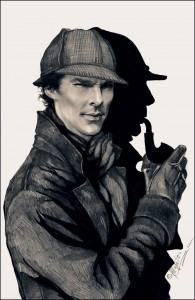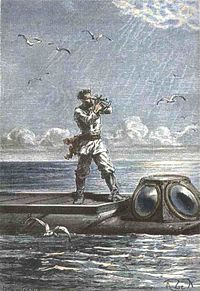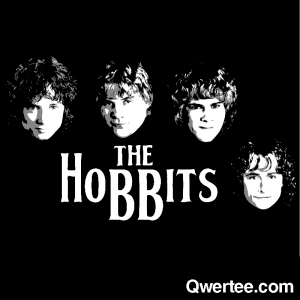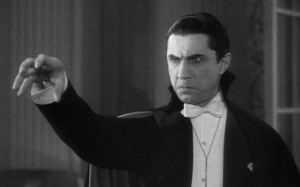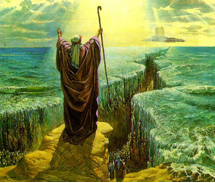It is said the Bokor serves the Loa with both hands.
For good or for ill.
Elise, my father, was many things. None of which were a good man. Once I was gone, the hardest part was in him letting go.
I remember the long night he cried to Baron Semadi to not dig my grave. It took two days for my body to rot.
And six days before I walked again.
The term “zombi(e)” has been a part of american pop-culture since the pulp age of literature. Their cultural significance goes back much longer.
George Romero may have invented the zombie, but Haitian Vodoun have known about their existence since the dawn of their civilization. The Zombi is so ingrained in the Haitian culture, that to create one is as much a crime as pre-meditated murder.
I am neither scientist nor philosopher, and I’m certainly not a medical doctor. But there are plenty who are and who were. Sometime around the late-80’s, a guy named Wade Davis had pontificated on the scientific reality of zombies. He focused on the case study of a man by the name of Clairvius Narcisse.
Narcisse was, for lack of a better term, a trouble maker. He defied the common acceptability of Haitian culture. He placed a tin roof on a a hut that should have been thatched, he refused to allow his brother the use of his land to feed his family. And considering social-norms, he was almost a complete and total prick.
It is believed that his brother, feeling the slight from the denial of his land consulted a Bokor, a kind of mercenary magician. The Bokor created a zombie powder, which was used to turn Narcisse essentially into a zombie.
After checking himself in to a hospital for a number of medical complaints,including coughing up blood, Narcisse ended up being pronounced dead by western doctors.
He said that shortly before being pronounced dead, he felt as if his skin was on fire with insects crawling beneath it. He heard his sister weeping as he was pronounced deceased, even felt the sheet being pulled over his face. Although he was unable to move or speak, he remained lucid the entire time. Even as his coffin was nailed shut and buried. He even had a scar on his face from when a nail was driven through his face. He said that while he was underneath the earth, he felt a strange floating sensation as if his consciousness was almost above the coffin. He lay there for an unknown about of time until the Bokor and his henchmen dug him up, where he was immediately beaten into submission, bound, gagged, and spirited off to a plantation where he lived for the next two years while being force fed a single meal a day.
That meal contained Datura, a strong hallucinogenic that is called the zombie cucumber. It causes extreme delirium and total amnesia, among many other symptoms. Narcisse later recalled that his time spent on the plantation was full of days where the world seemed to pass by in an almost slow-motion haze.
Scientific analysis of multiple powders revealed ground up bones, ground up glass, urticating bristles, toads, and all sorts of other witches’ brew ingredients. There was a commonality to the powder though. Tetrodotoxin. The poison inside of a puffer fish that has been known to cause a near catatonic or death-like state.
Keep the myth behind the legend in mind.
Because sometimes, the truth is more terrifying than the fiction.

